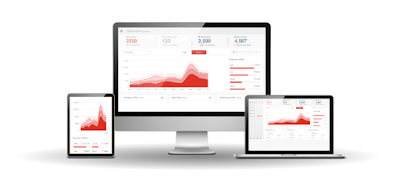Foreign exchange
markets are largest, most liquid financial markets in the world. Their exchange
rates have a causative effect on the economies of the world.
Why are
foreign exchange and foreign exchange services so important? At the very least,
they help transfer our currency into international currency, and vice versa.
However, forex has the following important key functions:
It facilitates international trade. Foreign exchange markets and
services exist primarily to facilitate the transfer of goods and services among
international markets. With reliable foreign exchange service channels in place, the transfer
of payments can be effected seamlessly and correctly. The import and export
channels depend primarily on foreign exchange to function smoothly.
It promotes the growth of global investment. Foreign exchange supports
investments by offering diversified benefits to those trading in international
currencies when buying or selling assets and other securities abroad. Besides,
it helps companies and investors gain access into international markets, thus
creating a spirit of global economic growth.
The Internet makes forex trading easier. The normal foreign currency exchange platform entails a network that
links buyers and sellers. With the proliferation of the Internet, foreign
currencies can be easily traded online. Identifying newer markets also becomes
easier.
Forex rates can shake Governments. Any fluctuations on the global
stage – for example, the recent Brexit campaign – has a ripple effect on global
foreign exchange currencies. This effect may shake the tallest establishments
or the man on the street, because they determine the prices of all commodities
that we consume and the rate at which our economies make money. Thus, it is
important to know the forex rates on every business day, whether you are
travelling abroad or are a company dealing with international exports.
Setting forex benchmarks with IDFC Bank
IDFC
Bank deals with the foreign currency exchange of the following countries:
BILLS TELEPHONIC TRANSFER
Currency
pairing
|
Bank buys
|
Bank sells
|
Bank buys
|
Bank sells
|
AED-INR
|
17.33
|
18.87
|
17.38
|
18.83
|
AUD-INR
|
49.74
|
52.17
|
49.87
|
52.04
|
CHF-INR
|
66.90
|
70.21
|
67.08
|
70.04
|
EUR-INR
|
73.21
|
76.29
|
73.40
|
76.11
|
GBP-INR
|
84.74
|
87.90
|
84.95
|
87.68
|
HKD-INR
|
8.37
|
8.78
|
8.39
|
8.75
|
JPY-INR
|
0.6438
|
0.6752
|
0.6454
|
0.6375
|
NZD-INR
|
47.32
|
49.62
|
47.45
|
49.50
|
SEK-INR
|
7.38
|
8.20
|
7.40
|
8.18
|
SGD-INR
|
47.91
|
49.95
|
48.03
|
49.83
|
USD-INR
|
65.45
|
67.52
|
65.62
|
67.35
|




